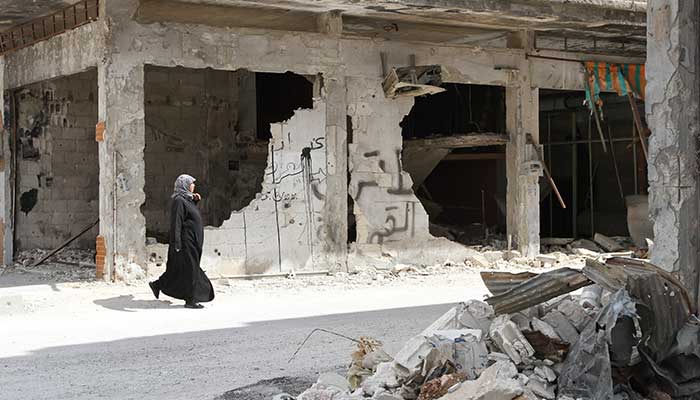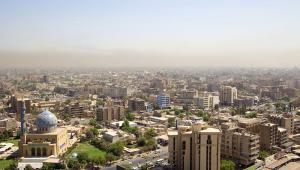web_syriadestruction_istock-494418686.jpg

A woman walks past destroyed buildings in Syria.
A recovery expected in 2018 and 2019 due to ongoing reforms will be preceded by a 0.9 percentage point contraction this year to 2.6%, down from 3.5% in 2016, according to the bank.
The impacts of insecurity, from the brutal war in Syria to terrorist attacks in relatively stable countries like Tunisia, have rippled throughout the region. Meanwhile, even MENA’s richest economies have suffered given the crash in global oil prices.
“No part of the region has escaped the impacts of instability, which have ranged from devastating people’s lives to interrupting trade and discouraging investment,” explained Hafez Ghanem, World Bank vice president for the region.
“Still, we are changing our outlook from ‘cautiously pessimistic’ to ‘cautiously optimistic’ because we see promising signs in the fruits of economic reform, a sense of stability in the oil market, and the fact that eventually all conflicts end.”
The bank envisaged a return to growth of above 3% in 2018 and 2019, although it emphasised the importance of peace-building and reconstruction efforts for this to occur.
It stressed that rebuilding plans must not just cover infrastructure, but also ensure the creation of inclusive institutions, the lack of which was a major cause of conflicts in Libya, Syria and Yemen.
As well as wide-scale human suffering, devastated economies and consequences for neighbouring countries, Shanta Devarajan, World Bank chief economist for the MENA region, said these civil wars have created “newly vulnerable groups” and significantly weakened public services.
“Breaking that vicious cycle of violence and economic recession calls for a collective effort to support the region in a peace-building process that would eventually achieve long-term political and economic stability.”
In Syria, where the catastrophic conflict has now entered its seventh year, the World Bank estimated that it would take 10 years for the country’s growth to get close to its pre-war level after the conflict ended.
Even that assumed an average annual growth rate of 5% per year – any lower and it would take another 10 years for the economy to recover.
Protecting the fragile recovery would mean consolidating peace to avoid a return to war, the bank continued.
It called for an inclusive and internally driven reconstruction process, based on a national vision that is supported but not led by the international community.












